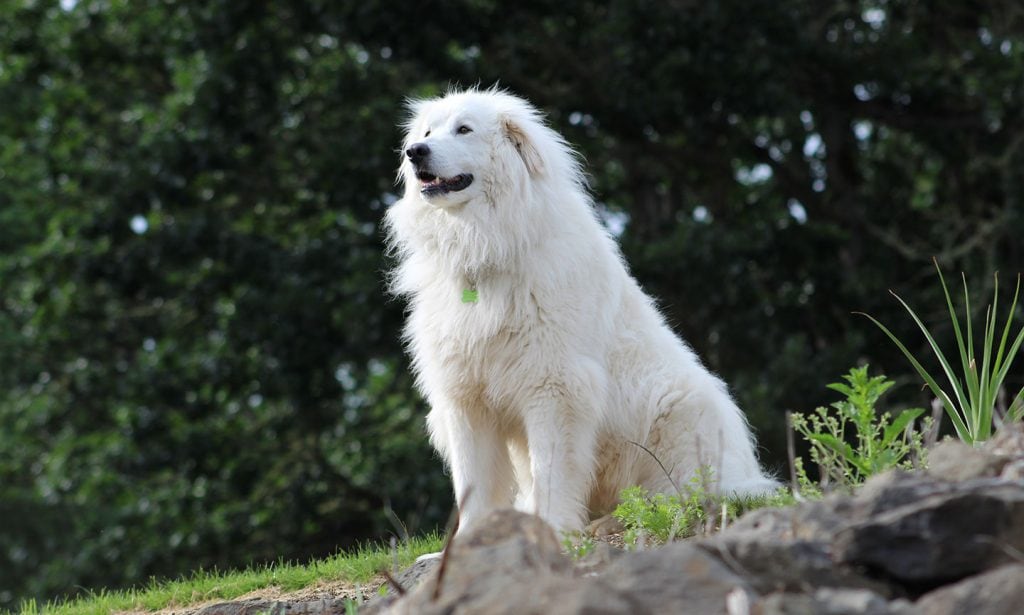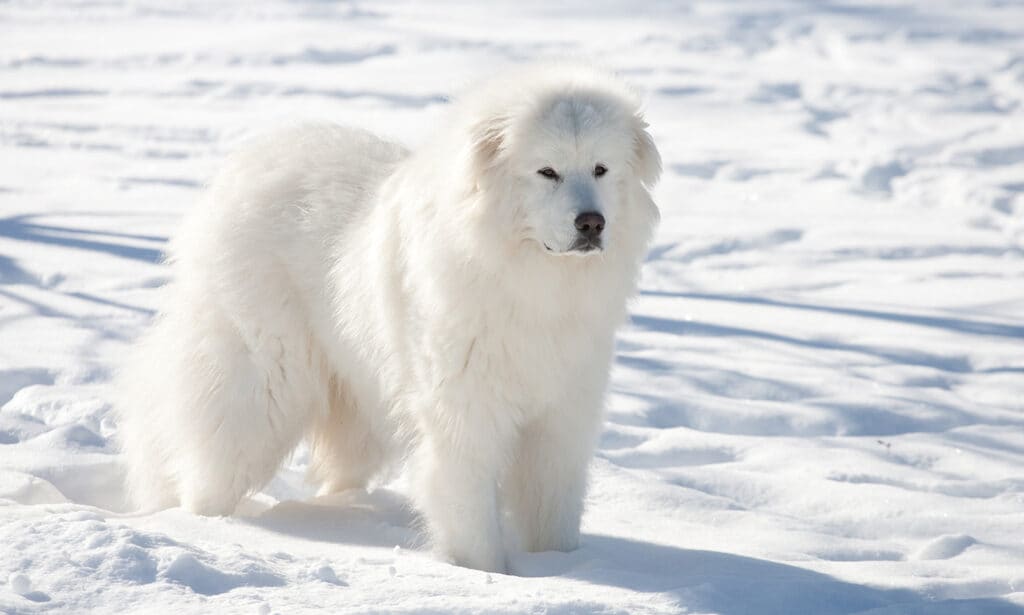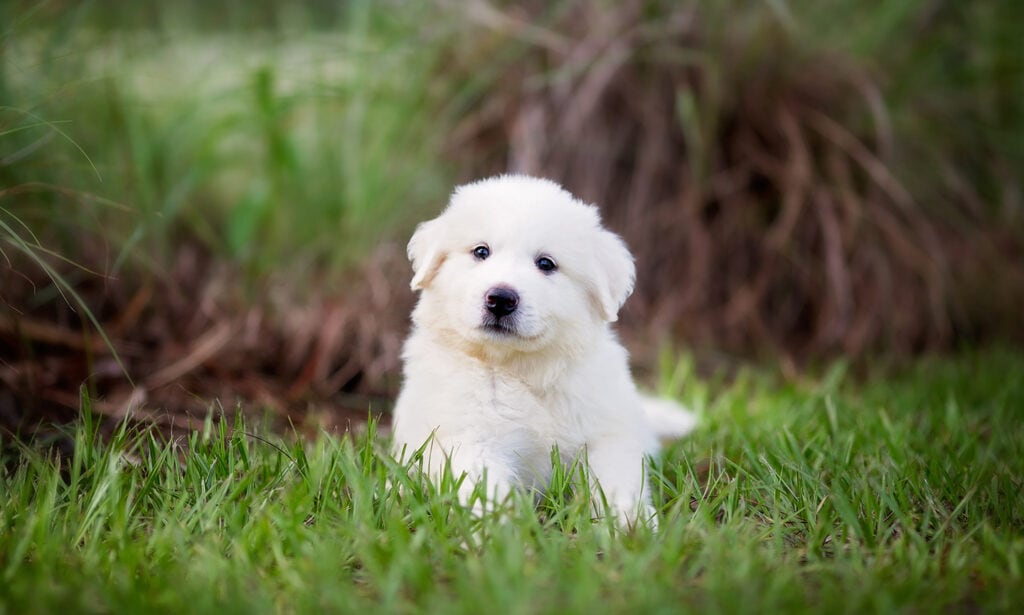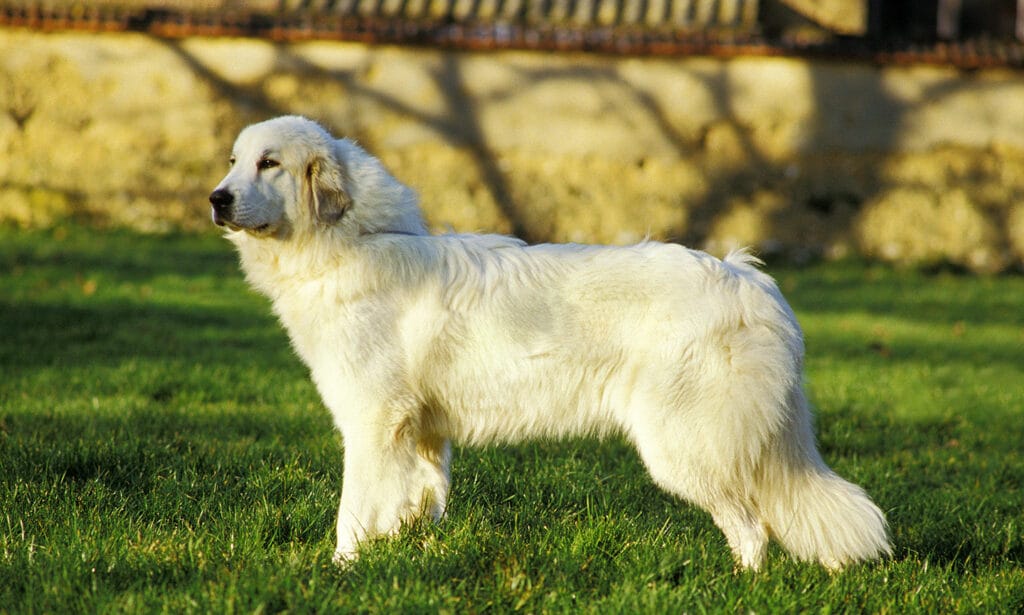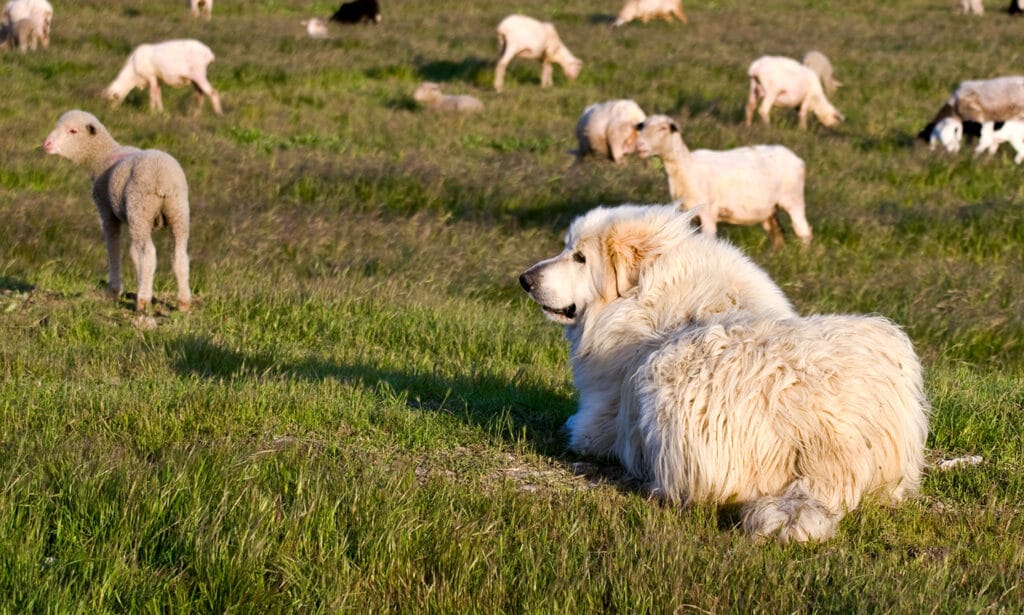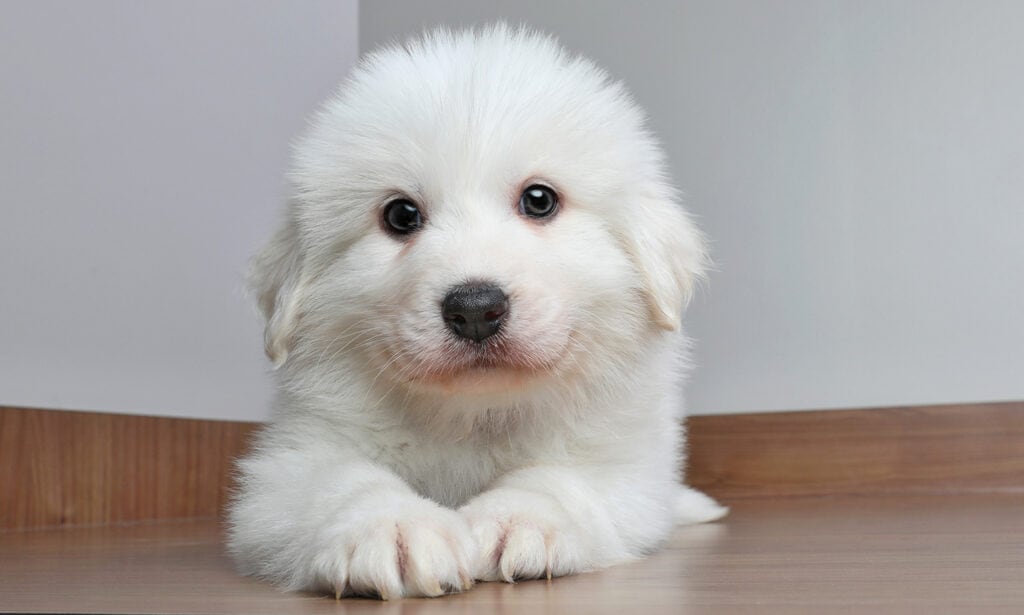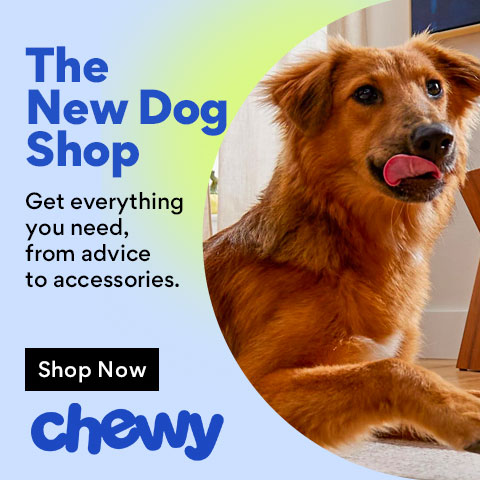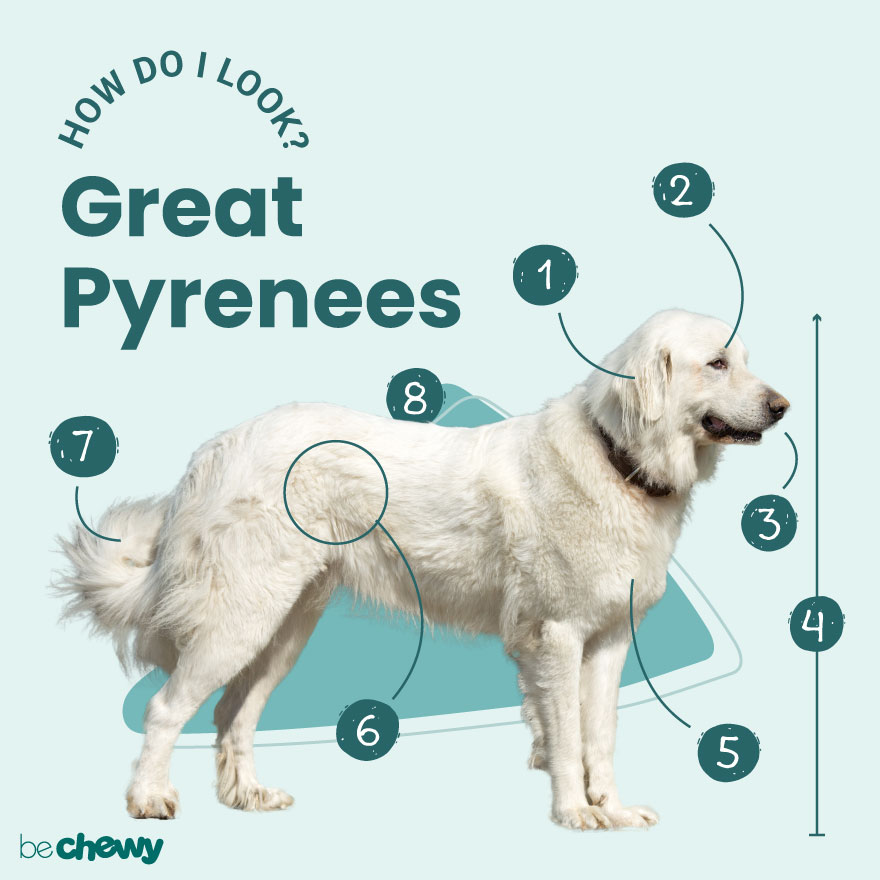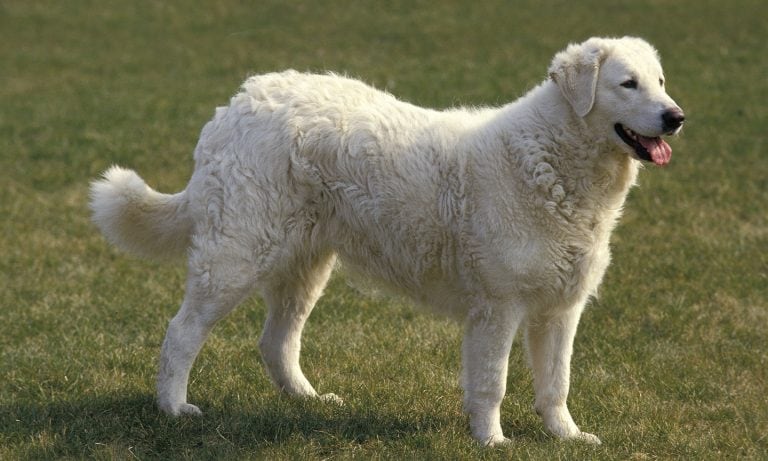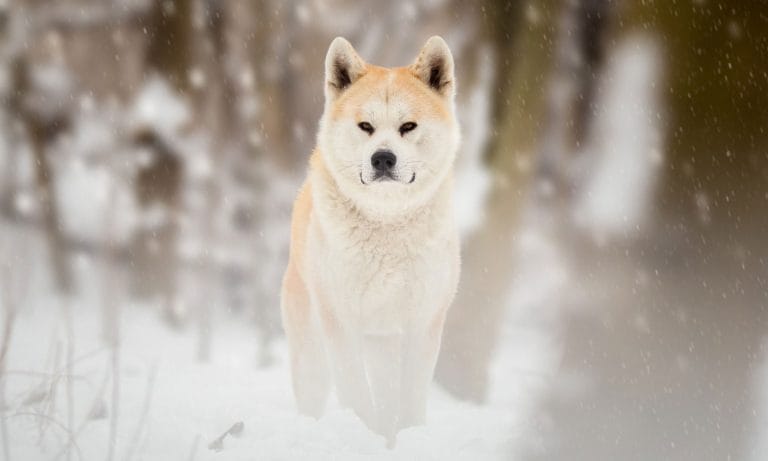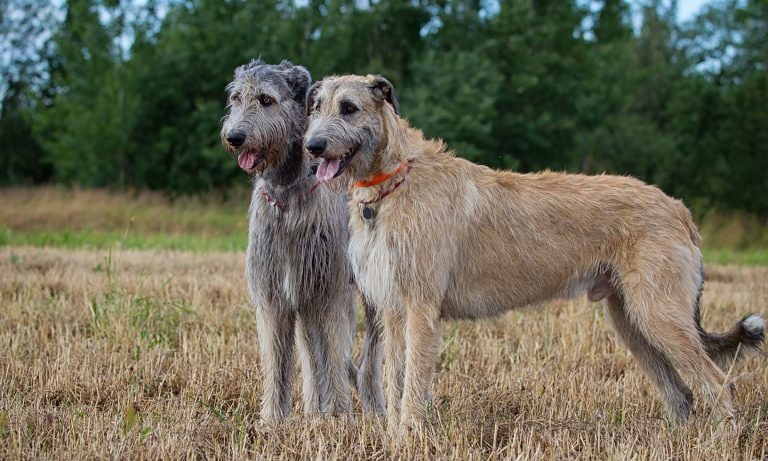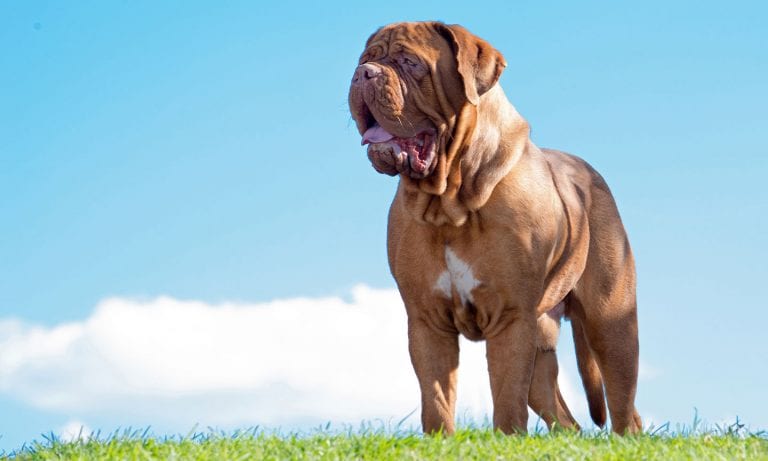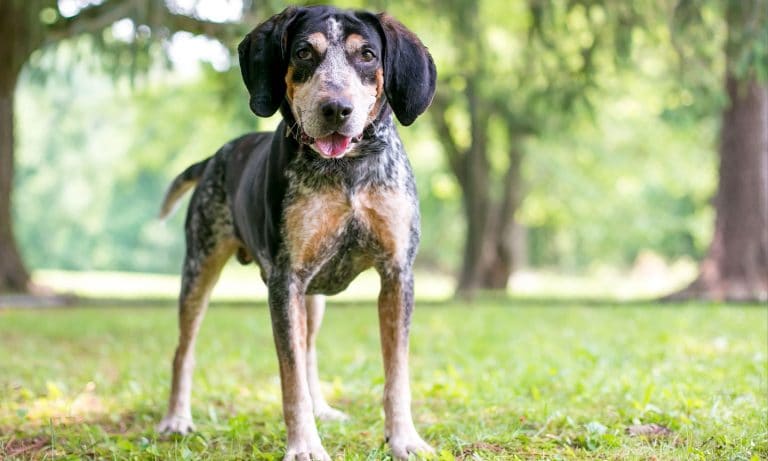Picture this: There’s a snowstorm outside. A roaring fire within. And your large, fluffy canine companion rests close by, warming your feet. Sounds nice, right? The Great Pyrenees breed was born to sit watchfully, waiting for predators to pounce. While there may be little danger lurking between your couch and TV, this massive Pyrenean mountain dog still makes for a devoted, confident companion. Independent of mind yet gentle in soul, the Great Pyrenees dog is a beautiful, majestic creature with a fabulous coat to boot.
Breed Snapshot
Temperament:
SmartSereneConfidentCoat Color:
White
Best For
The Great Pyrenees is a majestic and gentle giant, originally bred to guard livestock in the snowy Pyrenees Mountains. Known for their thick white coat, large-and-in-charge size and calm demeanor, they make loyal companions, thriving in homes with space to roam.
Great Pyrenees Temperament
The Great Pyrenees’ temperament exudes patience and affection. They’re generally friendly and well-suited to family life. Letting your Great Pyrenees play with kids is more than acceptable as long as the children aren’t too rough and rowdy. And as a former livestock guardian, Pyrs have close contact with various farm animals in their blood, which means they typically get along well with other dogs and even cats in the home.
Even though the Great Pyrenees is known to be a gentle pet, their history is rooted in serving as guard dogs. Because this dog was bred as a flock guardian, the breed can be strong-willed, so early socialization and training are essential.
Their characteristics also include a high level of competency thanks to their years of service as guard dogs atop snowy mountains. Neither cold weather nor boredom phase a Pyr—this pup is quite used to the slow pace of watching over sheep for hours.
Luckily for dog lovers, these serene Great Pyrenees traits transfer nicely to a quiet home life (maybe watching reality TV or hunkering down with a good novel?). Of course, getting outside is part of the plan with dogs, so pet parents who can offer moderate exercise will please both the Great Pyrenees’ personality and physicality.
How to Care for a Great Pyrenees
The Great Pyrenees is a high-maintenance breed. While grooming a Pyr is less overwhelming than you might think, you still need to work to ensure this Pyrenean mountain dog looks handsome, stays healthy and is a well-behaved family member.
Great Pyrenees Health
Great Pyrenees have a lifespan of 10 to 12 years, and the breed suffers from several health issues. But that shouldn’t stop you from bringing this loveable giant into your home. With knowledge, regular vet visits, and a healthy diet and exercise routine, you can help your pup live the longest life possible.
- Bloat or Gastric Dilatation-Volvulus (GDV): A genetic condition common to big dogs that may also have an environmental link, bloat causes the stomach to fill with air and then twist on itself. Immediate surgical care is typically necessary as bloat is life-threatening. You can try to prevent the occurrence of bloat by feeding your pup smaller meals more frequently throughout the day, using a slow feeder and waiting an hour on either side of mealtime before strenuous exercise.
- Eye Conditions: Canine multifocal retinopathy is a genetic eye disease that can lead to vision loss. Cataracts, which look like an opaque lens in the eye, may also affect this breed and cause blindness. Surgery can be performed to remove them. Finally, entropion is a condition where the eyelid grows inward, causing the eyelashes to rub against the cornea. Surgery may be needed to correct it.
- Deafness: Congenital deafness can appear in any breed but is more prevalent in dogs with white skin and fur, like the Great Pyrenees. While there’s no cure for this condition, dogs who lose hearing tend to do very well at home with minimal accommodations (such as not moving furniture around).
- Neurological Disorder: Neuronal Degeneration (NDG) is an inherited disease that causes changes to the nervous system (brain, spine, nerves). Symptoms can include clumsiness, slipping or sliding in the hind legs. There is no cure or treatment for NDG currently, but genetic screening testing is available, so be sure to ask your breeder.
- Hip and Elbow Dysplasia: Due to their size, the Great Pyrenees are susceptible to hereditary joint development conditions where the joints do not develop properly, resulting in lameness, pain, and arthritis. Treatment options include weight management, joint supplements, pain medication, and, in severe cases, surgery.
- Patellar Luxation: In this inherited condition, the kneecap can pop out of place, resulting in lameness, pain, and eventually arthritis. Surgery is typically needed in severe cases.
Great Pyrenees History
The Great Pyrenees’ history—and the breed’s name— has roots in the Pyrenees mountains, a soaring range that straddles France and Spain. This powerful breed’s lineage is ancient—people have discovered remains from as far back as the Bronze Age or 1800 to 1000 BC. This dog may have traveled to the Pyrenees from Central Asia thousands of years ago.
Originally bred to work with peasant livestock herders, French royals and the noble class later took a shine to this giant dog and put them to work guarding castles in southwest France. King Louis XIV even bestowed the special moniker “Royal Dog of France” upon the Great Pyrenees breed.
As a constant guardian, Pyrs are naturally nocturnal. They worked alongside shepherds and herding dogs to protect sheep flocks at night from animal predators (wolves, bears) and thieves. The Pyr has a high tendency to bark, partly because their job was to sound the alarm if anyone suspicious approached.
Queen Victoria of England also had a Pyr, and the breed was brought to the U.S. in 1824 by the great French military officer the Marquis de Lafayette, who served alongside George Washington during the American Revolution. The Pyr breed continued their military service with heroism during World War II. Their job? Hauling artillery supplies over the Pyrenees mountains in frigid weather.
Recognized by the American Kennel Club in 1933, today’s Pyr is a beloved family canine who’s a watchful and cozy companion. If you’d like to have this pretty (giant) pup, they range from $1,750 to $2,500, and you can find reputable breeders at the AKC Marketplace. For that price, you’re likely getting a pup who’s been screened for health and temperament issues and may come with pedigree papers. If you’d like to adopt a dog, contact Great Pyrenees rescues, keep an eye out for the breed at your local animal shelter, or search Chewy’s database of adoptable dogs in your area.
FAQs
Are Great Pyrenees hypoallergenic?
No, Great Pyrenees are not hypoallergenic. This high-shedding breed has lots of fur and dander, making sensitive noses itch and scratch.
Do Great Pyrenees drool?
Yes, Great Pyrenees will drool a little, usually when eating or if they’ve been exercising. Pyr pups aren’t well-suited to hot weather and may pant (and drool) when overheated.
Are Great Pyrenees good with kids?
Yes, Great Pyrenees are known to be good with kids, and make excellent family companion. However, due to their sheer size and strength, supervision is recommended.
Do Great Pyrenees like water?
Great Pyrenees like water—to drink (and lots of it). In general, the Great Pyrenees isn’t a big swimmer, though some puppies can be introduced to water early and learn to love it. With such a heavy double coat and only moderate energy reserves, don’t expect your dog to paddle around the pool the way a dog bred to hunt water game, like a Labrador, will.
What are the most common Great Pyrenees mixes?
- Great Pyrenees-German Shepherd mix (Germanees)
- Great Pyrenees-Labrador Retriever mix (Pyrador)
- Great Pyrenees-Golden Retriever mix (Great Pytriever, Golden Pyrenees)
- Great Pyrenees-Australian Shepherd mix (Great Aussie Pyrenees, Aussie Pyrenees)
- Great Pyrenees-Husky mix (Pyrenees Husky)
- Great Pyrenees-Poodle mix (Pyredoodle)
Note: These are not purebred dogs but mixed breeds.
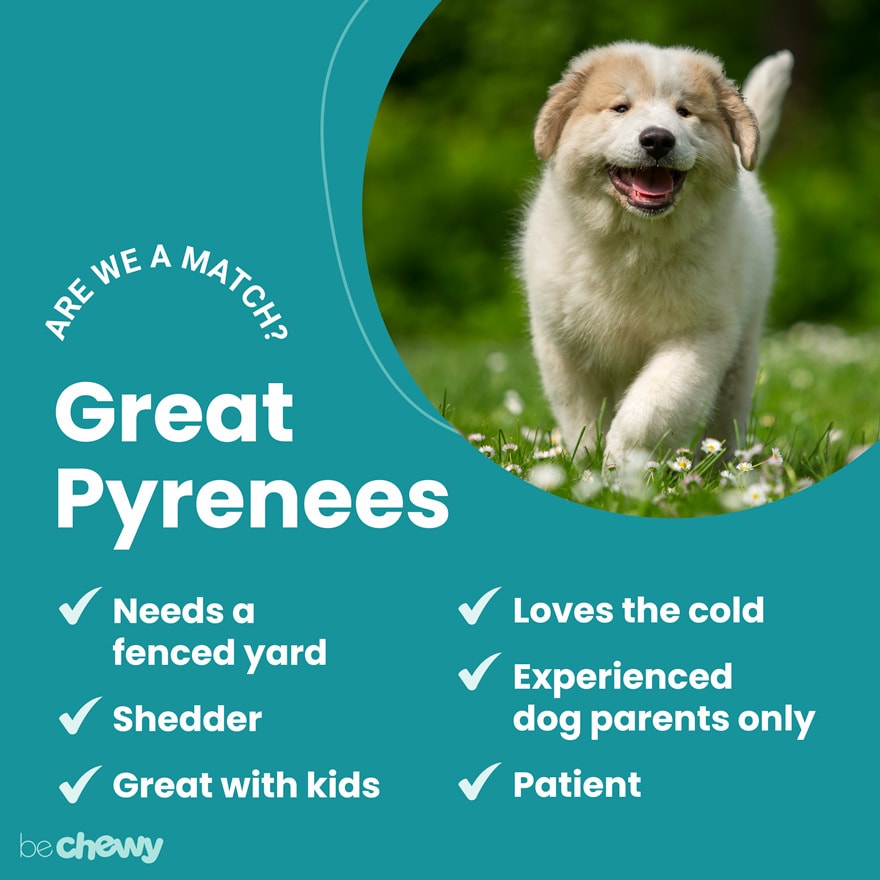
Top Takeaways
While physically imposing thanks to their large size and thick white coat, the Great Pyrenees is a gentle giant. Bred to guard livestock, the Pyr is a devoted, intelligent and calm breed, who excels as a loyal companion in households with lots of space to roam.
Expert input provided by veterinarian Jerry Klein, DVM and certified animal behaviorist, Dr. Mary Burch.
Breed characteristic ratings provided by veterinarian Dr. Sarah J. Wooten, DVM, CVJ, a veterinarian at Sheep Draw Veterinary Hospital in Greeley, Colorado; dog trainer and behavior consultant Irith Bloom, CPDT-KSA, CBCC-KA, CDBC, owner of The Sophisticated Dog, LLC, in Los Angeles; and certified animal behavior consultant Amy Shojai, CABC, in Sherman, Texas.
The health content was medically reviewed by Chewy vets.

Search for Adoptable Great Pyreneess Near You
Female Names
- Luna
- Bella
- Daisy
- Lucy
- Willow
- Sadie
- Molly
- Nova
- Maggie
- Lola
Male Names
- Bear
- Max
- Koda
- Odin
- Moose
- Duke
- Zeus
- Finn
- Buddy
- Apollo
Share:
